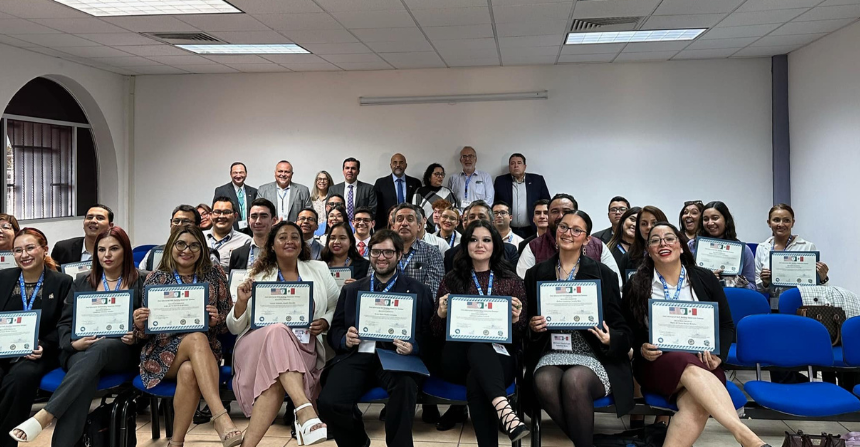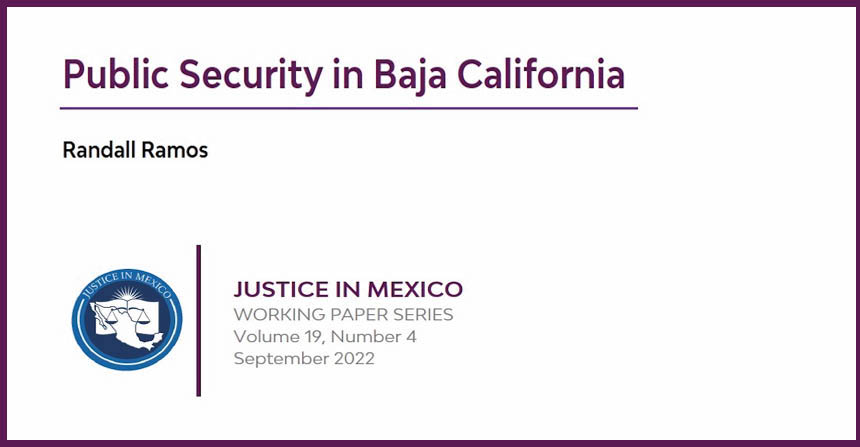12/17/2011- Five bodies were found buried in clandestine graves in the yard of the Federation of Guadalajara Students (FEG) headquarters on Friday. Jalisco State Attorney General Tomas Coronado confirmed that the five bodies found were identified as missing high school students and the father of one of the students. Armando Gomez, his son, and three of his son’s friends disappeared Friday after going to the FEG headquarters to complain that the organization was demanding too much “protection money” for allowing Gomez to sell snacks outside a high school campus. The bodies were identified as Francisco Javier Carrillo, Gabriel Moran, John Paul Valentine, Ismael Francisco, and Armando Gomez. All five were stabbed to death and disposed in two different pits outside the FEG compound.
An official of University of Guadalajara, Marco Antonio Cortes, accused the FEG for the killings. In an interview, Cortes said that the murders were “part of joint attacks that the federation has done against the students” and stated that FEG “dedicates itself to extorting people who support themselves with hard work, dedicates itself to harassing students at every level. It’s capable of committing this kind of brutality”.
Highly organized and violent student groups are becoming more common place on Mexican university campuses, but their influence and violence have escalated now that “Caciques” have become more vocal as the 2012 presidential election nears. Political bosses known as “caciques,” or chieftains, in Mexico protect some student organizations with expectations for returns. According to CBS News, student organizations affiliated with “caciques” act as freelance enforcers to intimidate politician’s rivals, extortion, or robbery.
Ruth Padilla, the Director of Education at the University of Guadalajara, reported that there have been complaints of FEG extortion and crimes related to extortion and intimidation. Reacting to the news, the Governor of Jalisco, Emilio González Márquez, announced that the government will research the murders to the fullest extent and if found that the FEG operated as a criminal organization, it “would have to answer before the law”.
The Student Federation of Guadalajara distanced himself from the five deaths and was ready to cooperate with authorities to resolve the multiple crime. The President of the FEG argued that the federation had nothing to do with the murders and that the FEG’s violent past ended long ago.
Political analysts are siding with school officials in placing the blame on the student organizations. John Ackerman of the legal research institute at Mexico’s National Autonomous University (UNAM) attests that “Cacique power is alive and well in Mexico; this is another aspect in which democracy is still incomplete in Mexico.” Ackerman argued that the use of students as political tools is a long-standing tradition.
Sources:
“Culpan a la FEG de crimen de alumnos. ” El Universal. December 17, 2011.
“5 bodies found in Mexican student group HQ”. CBS News. December 16, 2011.





This story blew me away when I heard about it.
It will be interesting to see how this story develops. There is a really fascinating interview from yesterday, Dec. 19, 2011 on W Radio, with Rodolfo García, ex-president of the Student Association of the high school “Prepa 9” of the U. of Guadalajara. He paints a fascinating perspective of, essentially, mafia behavior governing everything right down to the people who sell churros on the street, which the father who was found dead, with his son, actually did for a living. According to the interviewee, the father had been selling his churros after school while very well armed for quite some time. http://www.wradio.com.mx/playermini.aspx?id=1594338
Pingback: Clandestine Grave Discovered in Durango: Nearly 300 Bodies found since April 2011 « Justice in Mexico